Wisnu Jatmiko
White Matter Hyperintensities Segmentation Using Probabilistic TransUNet
May 06, 2023Abstract:White Matter Hyperintensities (WMH) are areas of the brain that have higher intensity than other normal brain regions on Magnetic Resonance Imaging (MRI) scans. WMH is often associated with small vessel disease in the brain, making early detection of WMH important. However, there are two common issues in the detection of WMH: high ambiguity and difficulty in detecting small WMH. In this study, we propose a method called Probabilistic TransUNet to address the precision of small object segmentation and the high ambiguity of medical images. To measure model performance, we conducted a k-fold cross validation and cross dataset robustness experiment. Based on the experiments, the addition of a probabilistic model and the use of a transformer-based approach were able to achieve better performance.
Hierarchical Vision Transformers for Cardiac Ejection Fraction Estimation
Mar 31, 2023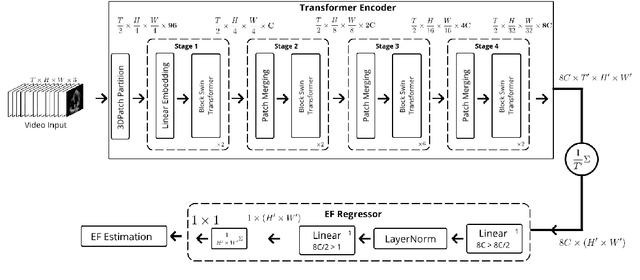
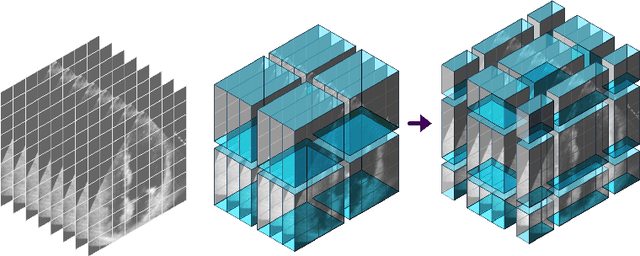
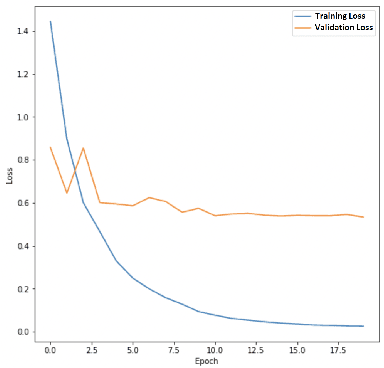
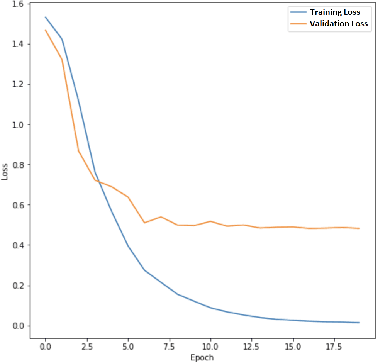
Abstract:The left ventricular of ejection fraction is one of the most important metric of cardiac function. It is used by cardiologist to identify patients who are eligible for lifeprolonging therapies. However, the assessment of ejection fraction suffers from inter-observer variability. To overcome this challenge, we propose a deep learning approach, based on hierarchical vision Transformers, to estimate the ejection fraction from echocardiogram videos. The proposed method can estimate ejection fraction without the need for left ventrice segmentation first, make it more efficient than other methods. We evaluated our method on EchoNet-Dynamic dataset resulting 5.59, 7.59 and 0.59 for MAE, RMSE and R2 respectivelly. This results are better compared to the state-of-the-art method, Ultrasound Video Transformer (UVT). The source code is available on https://github.com/lhfazry/UltraSwin.
Assessor-Guided Learning for Continual Environments
Mar 21, 2023



Abstract:This paper proposes an assessor-guided learning strategy for continual learning where an assessor guides the learning process of a base learner by controlling the direction and pace of the learning process thus allowing an efficient learning of new environments while protecting against the catastrophic interference problem. The assessor is trained in a meta-learning manner with a meta-objective to boost the learning process of the base learner. It performs a soft-weighting mechanism of every sample accepting positive samples while rejecting negative samples. The training objective of a base learner is to minimize a meta-weighted combination of the cross entropy loss function, the dark experience replay (DER) loss function and the knowledge distillation loss function whose interactions are controlled in such a way to attain an improved performance. A compensated over-sampling (COS) strategy is developed to overcome the class imbalanced problem of the episodic memory due to limited memory budgets. Our approach, Assessor-Guided Learning Approach (AGLA), has been evaluated in the class-incremental and task-incremental learning problems. AGLA achieves improved performances compared to its competitors while the theoretical analysis of the COS strategy is offered. Source codes of AGLA, baseline algorithms and experimental logs are shared publicly in \url{https://github.com/anwarmaxsum/AGLA} for further study.
Distance-to-Mean Continuous Conditional Random Fields to Enhance Prediction Problem in Traffic Flow Data
Jul 11, 2017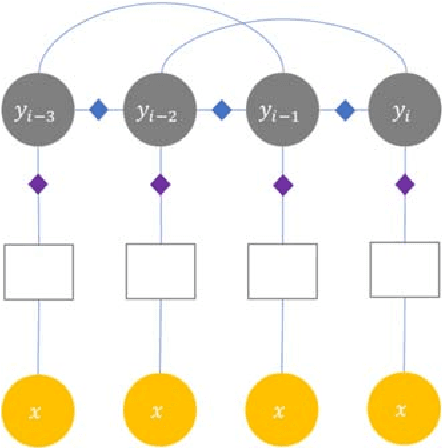
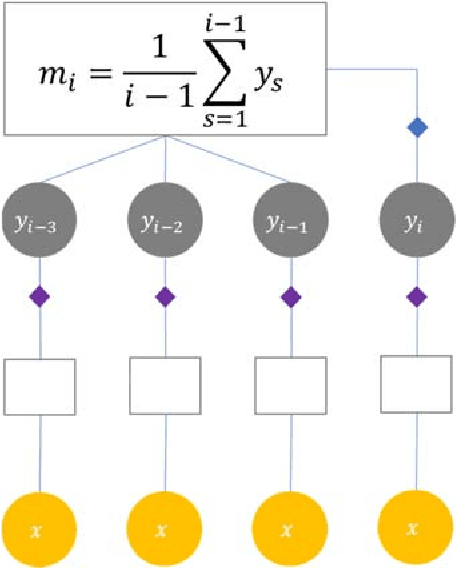
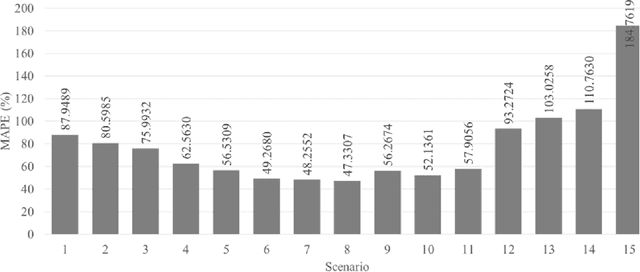
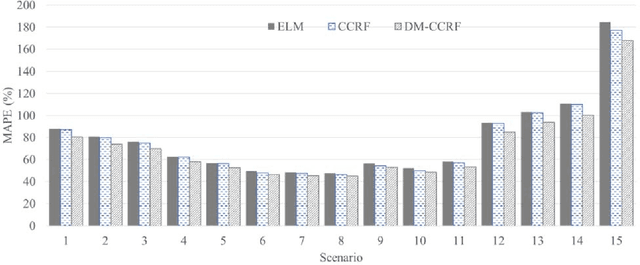
Abstract:The increase of vehicle in highways may cause traffic congestion as well as in the normal roadways. Predicting the traffic flow in highways especially, is demanded to solve this congestion problem. Predictions on time-series multivariate data, such as in the traffic flow dataset, have been largely accomplished through various approaches. The approach with conventional prediction algorithms, such as with Support Vector Machine (SVM), is only capable of accommodating predictions that are independent in each time unit. Hence, the sequential relationships in this time series data is hardly explored. Continuous Conditional Random Field (CCRF) is one of Probabilistic Graphical Model (PGM) algorithms which can accommodate this problem. The neighboring aspects of sequential data such as in the time series data can be expressed by CCRF so that its predictions are more reliable. In this article, a novel approach called DM-CCRF is adopted by modifying the CCRF prediction algorithm to strengthen the probability of the predictions made by the baseline regressor. The result shows that DM-CCRF is superior in performance compared to CCRF. This is validated by the error decrease of the baseline up to 9% significance. This is twice the standard CCRF performance which can only decrease baseline error by 4.582% at most.
 Add to Chrome
Add to Chrome Add to Firefox
Add to Firefox Add to Edge
Add to Edge